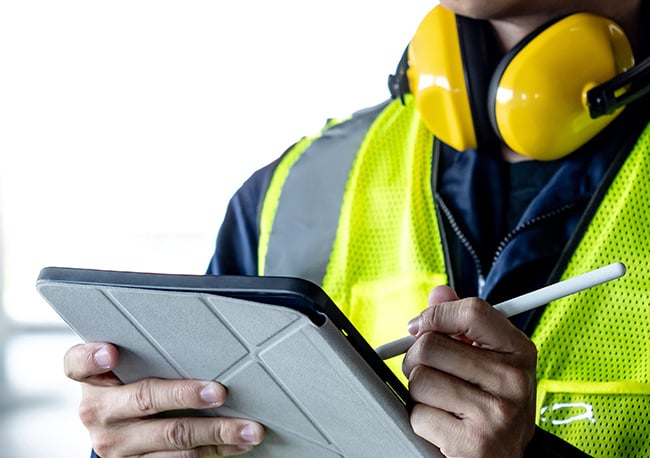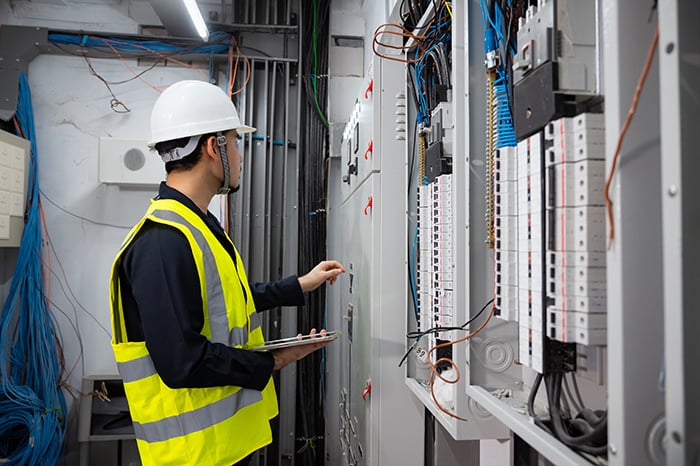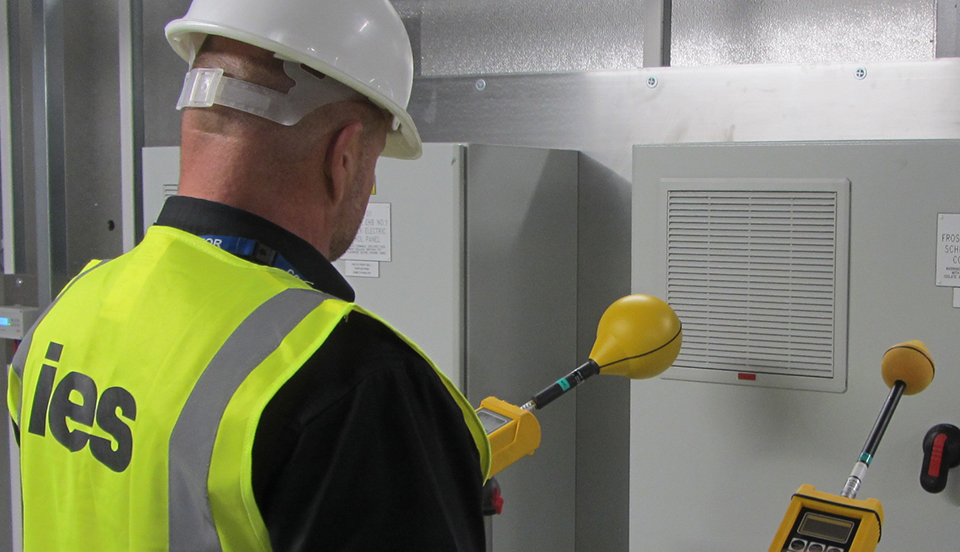When Do I Need PUWER?
Health and safety is awash with acronyms; so much so that it can be easy to get confused sometimes. But for organisations that operate any kind of...
We're actively recruiting for a range of roles across sales, engineering, IT and warehouse. Check our careers page to see open positions including apprenticeships.

Whether you’re moving a single piece of equipment or an entire production line, our trusted team of engineers can support every step of your move, from rigging to end-to-end relocation support across the globe.

As a manufacturer, if you own, operate or control any kind of mechanised work equipment (including appliances, apparatus or installations for use at work), it’s your responsibility to ensure that it complies with the Provision and Use of Work Equipment Regulations (PUWER).
PUWER covers not just the use of equipment, but also its selection, installation, maintenance and inspection, and requires that all mechanised equipment is:
In this article, we’ll cover the seven key considerations for manufacturers addressing PUWER regulations - and how we help.
Learn more about PUWER and what it covers here.
Under PUWER, equipment must not only be safe for use but fully suitable for its intended purpose. That means equipment must be fully constructed or adapted to perform specific tasks and activities safely and effectively.
Start by thoroughly evaluating which tasks you currently use (or intend to use) the equipment for. Does the equipment’s design and construction support those activities? Are there any potential risks to worker safety? For example, equipment selected for use in a high-speed production environment must be able to operate at the required speeds without compromising safety.
Also, consider whether the equipment is built to work safely and effectively in its intended environment. For example, equipment used in a corrosive environment must be made from materials that can withstand chemical exposure.
If you find that equipment is not suitable, you may need to make necessary modifications to its components or environment, if possible, or consider a replacement.

A key component of PUWER is risk assessment and control. You must systematically evaluate all potential risks posed by equipment and take the appropriate steps to mitigate them. Otherwise, you risk compromising worker safety.
Risk assessments start with hazard identification. This involves assessing the equipment’s design, work environment and intended purpose to identify any potential dangers (no matter how small).
Next, use a risk matrix to estimate the severity of each risk and the likelihood that it could turn into a real issue. This will give you an easy way to prioritise the order in which you should address, mitigate and potentially eliminate those risks.
How you address risks can range from simply introducing further training for operators to implementing physical safeguards or modifying the equipment’s design.

Regular maintenance and inspections are a legal requirement under PUWER. These are critical for ensuring equipment continues to function safely and as required.
Develop and implement a maintenance plan that specifies in detail how and when equipment should be serviced and maintained. This should be based on intended usage, equipment age and operating conditions. For example, equipment exposed to harsh or corrosive environments might need regular checks for corrosion and treatment to prevent deterioration.
You’ll also want to carry out regular inspections, including:
Operators need to be able to use equipment correctly and safely respond to potential hazards. Under PUWER, it’s your responsibility to ensure they have the right level of knowledge and training to do that.
Start by conducting a training needs analysis to identify your operators’ current level of knowledge and where their skills and knowledge gaps might lie.
From there, you can start to determine the types of training they might need and flesh out a personalised development plan. Types of required training might include:
Be sure to schedule regular refresher courses to keep skills and knowledge fresh and up to date with any new requirements.

Record keeping is more than just a bureaucratic activity. It provides evidence of compliance, ensures continuity in safety practices and facilitates audits and inspections. But it’s important that you do it right.
Under PUWER, you’ll need to produce and keep the following types of records and documents:
To ensure important documents aren’t misplaced, lost or disposed of, we recommend keeping all records and documents in a secure, centralised record-keeping system, with clear document retention rules and policies in place to prevent losses.
You might also want to provide employee training on documentation and record-keeping best practices.
As PUWER evolves, you’ll want to put monitoring systems and strategies in place to help you stay ahead of any potential changes and respond accordingly. Otherwise, you could face non-compliance penalties, operational disruptions and compromised workplace safety.
We recommend monitoring the official websites of regulatory bodies such as the Health and Safety Executive (HSE), as well as government portals that publish updates on laws and regulations. Many regulatory agencies also offer subscription services so you can receive direct notification of any updates.
Finally, it’s worth joining industry associations and trade bodies for manufacturers. These hold regular briefings and seminars focused on regulation changes and compliance strategies, as well as workshops, forums and conferences where you can learn more about how changes in regulations will impact you as a manufacturer.
It isn’t worth the risk. If you don’t have the right in-house capability or specialist knowledge to ensure equipment complies with PUWER, work with a trusted third party who does.
A knowledgeable specialist like IES will help you navigate and address complex regulatory requirements, conduct thorough risk assessments, make necessary equipment modifications and implement best practices.
Our specialists have over three decades of experience testing high-technology manufacturing equipment against industry regulations.
Our turnkey PUWER assessment service covers the whole process, from testing equipment against regulations to providing test reports and remedial solutions in the event of non-compliance.
We help manufacturers and importers in the semiconductor, pharmaceutical, and other high-technology industries comply with PUWER with total confidence.
Learn more about our PUWER assessment consultancy service here.
Stay up to date with the latest news and resources from our experts.

Health and safety is awash with acronyms; so much so that it can be easy to get confused sometimes. But for organisations that operate any kind of...
Before you can sell or supply certain products in Great Britain, you must certify that they comply with UKCA marking regulations.

Are you a manufacturer looking to supply a product, equipment or piece of machinery to markets in Great Britain (England, Wales and Scotland)?